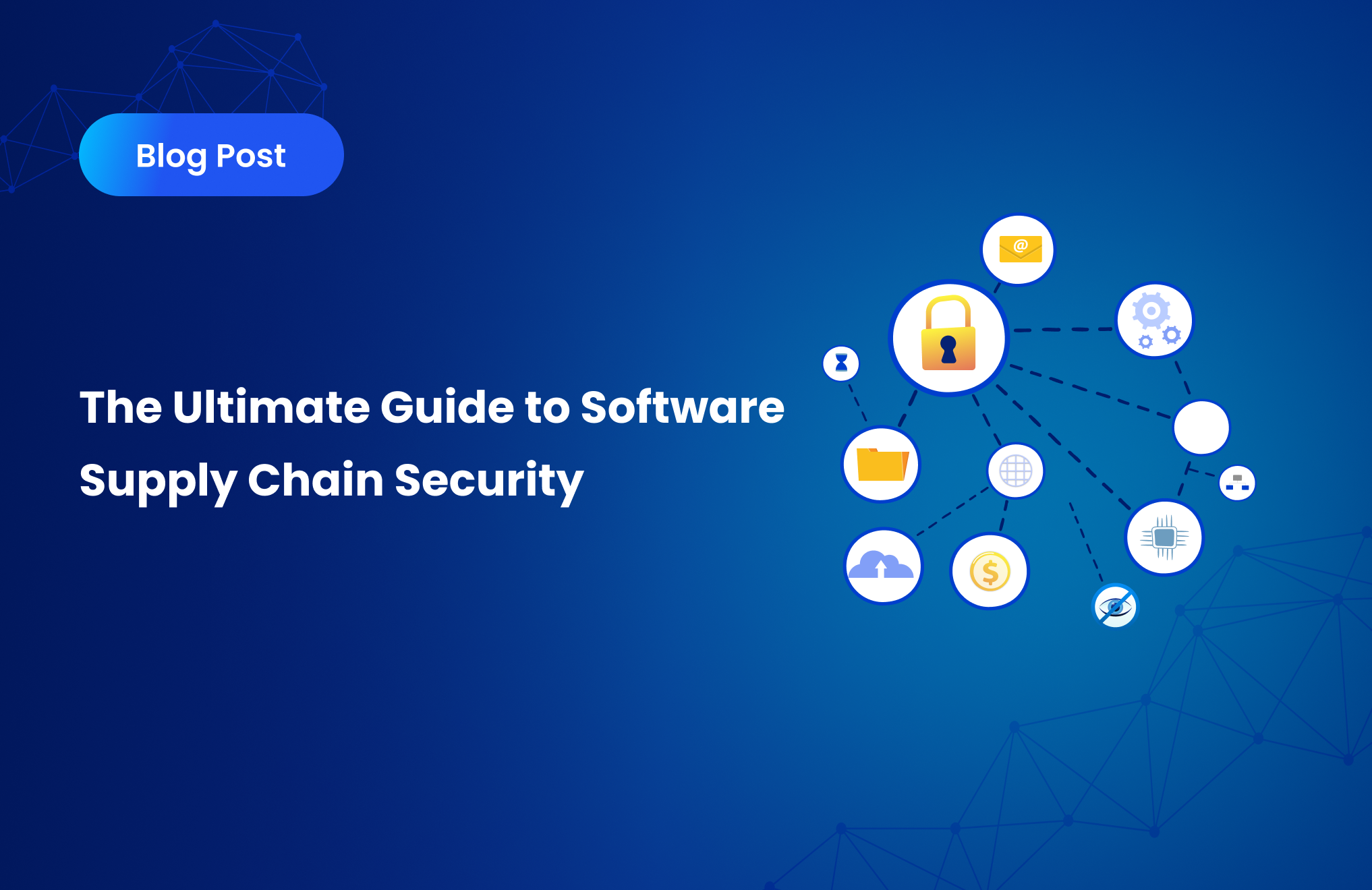The Rise of Ransomware Attacks: Protecting Your Data through Attack Surface Management

Introduction
Ransomware attacks have emerged as a grave threat to businesses and individuals alike. These malicious attacks encrypt valuable data, holding it hostage until a ransom is paid. The prevalence of such attacks has skyrocketed in recent years, wreaking havoc across various sectors. To safeguard your data effectively, it is crucial to understand the mechanics of ransomware attacks and implement robust security measures. In this article, we will delve into the rise of ransomware attacks and explore the importance of attack surface management in protecting your valuable information.
Understanding Ransomware Attacks
Ransomware attacks involve the infiltration of a computer system or network by malicious actors who then encrypt critical data, rendering it inaccessible to the rightful owners. These attackers typically demand a ransom in exchange for decrypting the data. The methods employed by cybercriminals to deliver ransomware have evolved, becoming increasingly sophisticated over time. Email phishing, malicious links, infected software, and exploit kits are just a few examples of the tactics employed to gain unauthorized access to systems.
The Soaring Threat of Ransomware Attacks
Ransomware attacks have witnessed an alarming surge in recent years, with businesses, governments, and individuals falling victim to their devastating consequences. The exponential growth of digital infrastructure and the increasing interconnectivity of devices have expanded the attack surface for cybercriminals. Additionally, the anonymous nature of cryptocurrency payments, often demanded as ransom, has further emboldened attackers. The global cost of ransomware attacks is estimated to be in the billions of dollars annually, with small and medium-sized businesses being particularly vulnerable due to their limited security resources.
Protecting Your Data through Attack Surface Management
Attack Surface Management (ASM) plays a vital role in defending against ransomware attacks. ASM involves identifying and minimizing vulnerabilities in an organization's digital footprint, reducing the potential points of entry for attackers. By employing ASM strategies, businesses can enhance their security posture and significantly reduce the risk of falling victim to ransomware.
Here are some key steps to implement effective Attack Surface Management:
- Comprehensive Inventory: Conduct a thorough inventory of your digital assets, including hardware, software, and cloud services. This step ensures visibility into all potential entry points for attackers.
- Vulnerability Assessments: Regularly perform vulnerability assessments to identify weaknesses in your systems. This can be done through automated tools or with the assistance of cybersecurity professionals.
- Patch Management: Keep your systems up to date with the latest security patches. Vulnerabilities in software and operating systems are often exploited by ransomware attackers. Regular patching significantly reduces these risks.
- User Training and Awareness: Educate employees about the dangers of phishing emails, suspicious links, and downloading files from untrusted sources. By fostering a security-conscious culture, you can minimize the likelihood of successful ransomware attacks.
- Network Segmentation: Implement network segmentation to compartmentalize critical systems and data. By isolating sensitive assets, you limit the potential impact of a ransomware attack and prevent lateral movement within your network.
- Regular Backups: Maintain offline backups of your critical data. In the event of a ransomware attack, having secure backups ensures that you can recover your information without paying a ransom.
- Incident Response Planning: Develop a comprehensive incident response plan to address potential ransomware attacks. This plan should include steps for containment, recovery, and communication to minimize damage and facilitate a swift recovery.
Attack Surface Management
Ransomware attacks have become an ever-present threat in today's digital landscape. To protect your valuable data, a proactive approach is essential. Implementing the principles of Attack Surface Management (ASM) is crucial in mitigating the risks associated with ransomware attacks. By conducting a comprehensive inventory, performing regular vulnerability assessments, practicing patch management, and prioritizing user training and awareness, businesses can significantly reduce their attack surface.
Additionally, network segmentation and regular backups play a vital role in minimizing the impact of a ransomware attack. By compartmentalizing critical systems and data, you limit the potential spread of the attack and safeguard important information. Regular backups, stored offline or in secure locations, provide a means to restore data without having to pay the ransom.
However, prevention alone is not enough. It is equally important to have a well-defined incident response plan in place. In the unfortunate event of a ransomware attack, this plan outlines the necessary steps for containment, recovery, and communication. A swift and coordinated response can help minimize the damage caused by the attack and expedite the restoration of normal operations.
In conclusion, the rise of ransomware attacks presents a clear and present danger to organizations and individuals. Protecting your data requires a multi-faceted approach that combines proactive measures like Attack Surface Management with robust incident response planning. By diligently implementing these strategies, businesses can significantly reduce their vulnerability and mitigate the devastating consequences of ransomware attacks.



.svg)
.svg)
.svg)
.svg)



.svg)
.svg)
.svg)
.svg)
.svg)
.svg)
.svg)
.svg)



